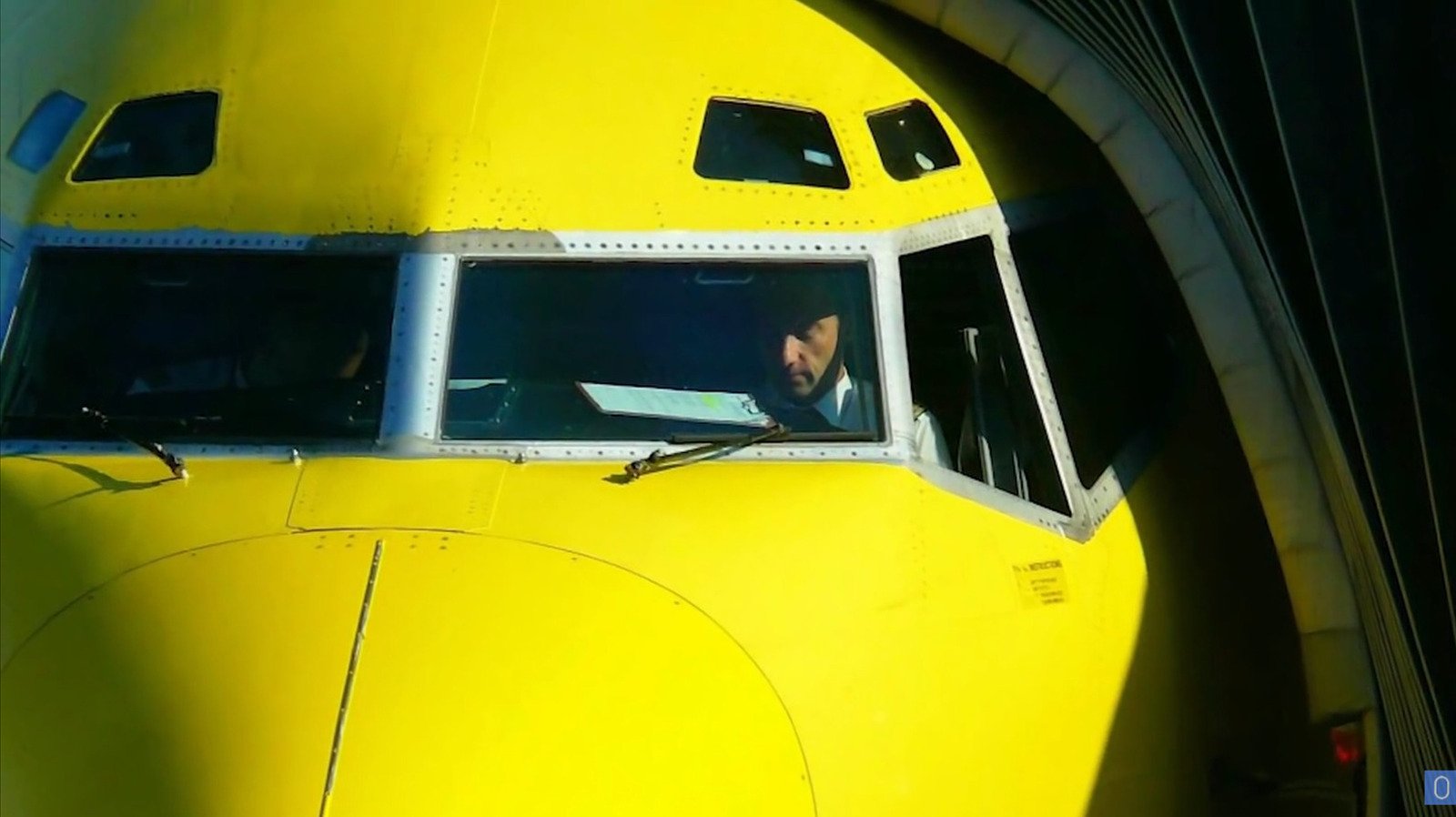If you’ve ever looked closely at photos of early Boeing jets—including one that’s been flying for 46 years—you might have noticed a set of small, slanted panes above the cockpit, nicknamed “eyebrow windows.” These panels on the 707, 727, or the first generations of 737s weren’t decorative quirks or designer flair. They existed for a practical reason: visibility.
Pilots relied on the extra windows for better sight during turns, approaches, and visual navigation, especially before the days of sophisticated avionics. With these angled skylights, crews could spot other aircraft or keep visual contact with the runway during sharp banking maneuvers. These windows even helped pilots spot stars for celestial navigation at night.
In the 1960s and ’70s, cockpits were more analog than automated. Flight decks could feel like claustrophobic glass bubbles crammed with gauges. Those eyebrow windows provided a small slice of sky when visibility mattered most, helping pilots see the world beyond the dials. Seasoned pilots swore by them, saying the extra sightlines made certain approaches smoother and less stressful.
However, as technology kept moving forward and automated flight systems became the norm, those same little windows began to look less like a necessity and more like an old habit that refused to die.
In 2005, Boeing eliminated eyebrow windows from its production line, retiring them from the 737 Next Generation and later models. This wasn’t a sentimental decision—it was practical. Every window adds structural complexity, potential for leaks, and aerodynamic drag, however small. For modern airlines obsessed with fuel efficiency, that extra maintenance cost simply wasn’t worth it.
Modern avionics had already rendered eyebrow windows obsolete. Global positioning systems, radar, and automated flight systems meant pilots no longer needed to crane their necks to check the horizon or track stars across the canopy.
What once saved lives now just let in more sun—like a sunroof, and not in a good way. Pilots complained about glare beaming directly on them and their flight instruments, often taping over the glass or shading it with charts.
Removing the windows also streamlined production, lowered airplane weight by 20 pounds, and lessened inspection time. It improved cockpit temperature control and reduced the cockpit noise present on early 737s.
This was a win for America’s top airplane manufacturer, a shrug for pilots, and a quiet goodbye to one of the last vestiges of the jet age’s early years.
Today’s 737s are sleeker, quieter, and far more efficient—but they’ve lost that subtle human-like face. Those “eyebrows” once made planes look alive, even curious.
https://www.jalopnik.com/2005508/why-older-boeing-planes-had-eyebrow-windows/




